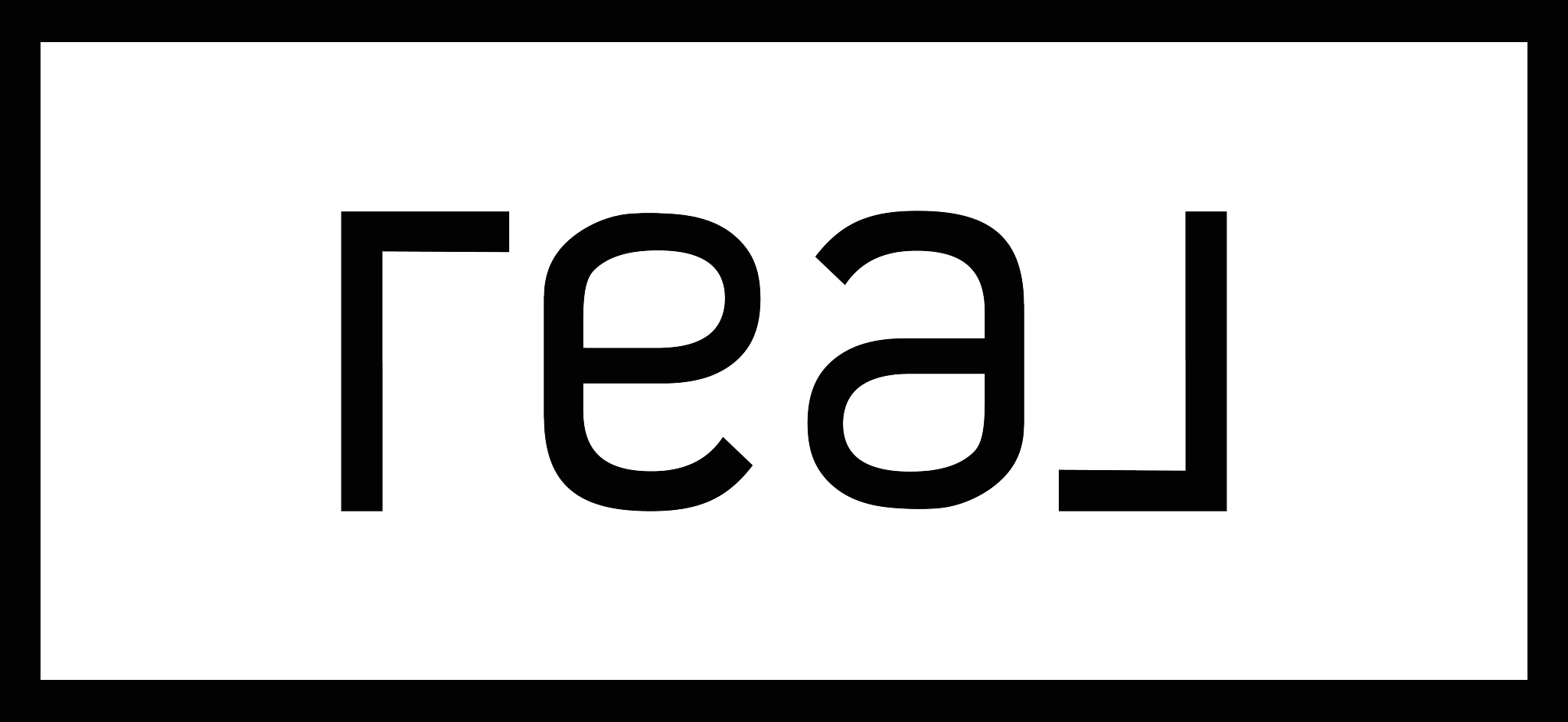Navigating Mortgage Rates for 30A Home Buyers: How to Secure the Best Rate in Today’s Market
If you’ve been eyeing a vacation home or an investment property along Florida’s scenic 30A, you’re likely aware that mortgage rates have been on a bit of a rollercoaster recently. Since September, rates dipped into the low 6% range, only to rise past 7% by late October. For anyone looking to buy a beachside property in Rosemary Beach, Seaside, Watercolor, or any of the other charming 30A communities, these fluctuations can feel like an added hurdle to homeownership.
But here’s some good news: you don’t have to wait for the “perfect” rate to make your beachside dreams come true. Understanding what drives these mortgage rate shifts can give you a clearer perspective and help you make well-informed decisions, even when rates are high. Let’s dive into what’s behind these changes, how to plan for them, and tips to help you lock in the best possible rate for your 30A property.
What Drives Mortgage Rate Fluctuations?
Though it may seem like mortgage rates change randomly, they are actually influenced by multiple economic factors. Here’s a breakdown of the main drivers:
Federal Reserve Policies
The Federal Reserve doesn’t set mortgage rates directly, but their adjustments to the federal funds rate have a significant impact. When inflation rises, the Fed typically raises interest rates to help slow spending, which often causes mortgage rates to increase as well. For 30A buyers, keeping an eye on Fed policy changes can help anticipate rate trends.Economic Growth and Employment Rates
A strong economy and low unemployment often push mortgage rates higher because of increased demand for loans. When the economy slows, however, rates tend to decrease to encourage borrowing. For buyers considering a vacation property along 30A, understanding the broader economic context can provide insight into future rate movements.Financial Markets
The performance of Treasury bonds and mortgage-backed securities (MBS) also plays a role. Mortgage rates are often linked to the 10-year Treasury yield, with an added “spread” to account for risk. If Treasury yields rise, mortgage rates typically follow, impacting financing options for 30A properties.Global and Political Events
World events, such as conflicts, pandemics, or major elections, can influence U.S. stock and bond markets, thereby affecting mortgage rates. While these events are unpredictable, it’s good to remain informed about any shifts that might impact your buying timeline or budget.
Budgeting for Your 30A Mortgage in a High-Rate Environment
One of the key challenges in the 30A market is planning for monthly mortgage costs in the face of fluctuating rates. Here’s how to manage your finances effectively, even if mortgage rates seem unpredictable:
Use a Mortgage Calculator for Rate Comparisons
Take advantage of online mortgage calculators to estimate your monthly payment at different interest rates and down payment amounts. For example, if you’re considering a 7% interest rate versus a potential drop to 6%, a calculator will help you visualize those scenarios and find a monthly payment range that fits your budget.Factor in Property-Specific Costs
Remember, your mortgage payment includes more than just the principal and interest. When buying in popular 30A neighborhoods like Watercolor or Seaside, you’ll also need to consider property taxes, homeowner’s insurance, and potentially private mortgage insurance (PMI) if your down payment is below 20%.Plan for Rate Fluctuations
If possible, budget as if you were expecting a slightly higher rate than today’s market rate. That way, if rates rise before your closing, you won’t feel as financially stretched. For instance, if rates are currently around 6.5%, planning for a 7% rate gives you a buffer.
By budgeting effectively and planning ahead, you’ll feel more prepared to navigate the ups and downs of the mortgage rate landscape.
Top Tips for Securing the Lowest Possible Mortgage Rate for Your 30A Property
Recent data shows that 45% of homebuyers in 2024 managed to secure mortgage rates below the market average by exploring different options and strategies. Here are some practical ways to lock in a lower rate on your dream 30A home.
1. Boost Your Credit Score
Your credit score plays a significant role in determining your mortgage rate. Higher scores generally result in lower interest rates, which can save you thousands over the life of your loan. Here’s how to maintain a healthy credit score:
- Pay down any existing debts to reduce your debt-to-income ratio.
- Avoid opening new credit lines in the months leading up to your mortgage application.
- Consider rent reporting services to boost your credit score by ensuring that timely rent payments are reported.
Lenders view a higher credit score as a sign of financial reliability, and making a few proactive changes could result in a better mortgage rate for your 30A home.
2. Consider Mortgage Points or a Rate Buydown
Paying for mortgage points or a rate buydown can reduce your interest rate. Some 30A buyers benefit from builder incentives that cover these costs, especially for newly built homes. Here’s how mortgage points work:
- Assess the break-even point to determine if the upfront cost of buying points is worthwhile. This break-even calculation shows how long you need to stay in the home to recoup your initial payment.
- Discuss options with your loan officer to see if points or a buydown strategy aligns with your financial goals and the type of property you’re purchasing on 30A.
3. Explore Alternative Loan Types
While 30-year fixed-rate mortgages are the most common, there are other loan options that might suit your financial situation:
- Adjustable-rate mortgages (ARMs) offer a lower starting rate that adjusts after a set period. If you plan to keep your 30A property as a short-term rental or for occasional use, an ARM could be a smart option.
- Shorter-term loans, like a 15-year mortgage, often come with lower interest rates, though they result in higher monthly payments. This option could be ideal if you’re planning to use the property as a long-term investment.
4. Look Into Down Payment Assistance Programs
If putting down 20% isn’t feasible, don’t worry. Many first-time buyers on 30A have successfully utilized down payment assistance programs, especially in communities where home values are high. These programs offer options for additional funding and, in some cases, can reduce your monthly payment as well.
5. Negotiate with Sellers or Builders
As the real estate market on 30A becomes more competitive, builders and sellers may be open to negotiating on financing incentives. According to recent statistics, 35% of buyers in 2024 secured lower rates through builder incentives or seller contributions. Don’t hesitate to ask if closing cost contributions are available, as these can significantly reduce your upfront and monthly costs.
Making Confident Decisions in Today’s 30A Real Estate Market
Mortgage rates may fluctuate, but this doesn’t mean your beach home dreams have to be put on hold. By staying informed and taking proactive steps to secure the best possible rate, you’ll be well on your way to owning a piece of the 30A lifestyle. When you’re ready, make sure to connect with your mortgage lender to explore options specific to your financial goals. Remember, it’s not about waiting for the “right” rate—it’s about making the best decision for your unique situation.
With a strong understanding of what drives mortgage rates and a few strategic approaches, you can move forward confidently, no matter where rates land. Buying a 30A home can still be a rewarding, worthwhile investment, providing not just a property but a lifetime of memories along Florida’s most stunning stretch of coastline.
Key Takeaways for 30A Buyers:
Stay updated on economic factors that influence mortgage rates, such as Federal Reserve policies, Treasury yields, and the state of the economy.
Use online calculators to estimate your monthly payment across different rate scenarios, helping you set a realistic budget.
Consider all loan options and ask your lender about alternative loan types and incentives that may lower your rate.
Negotiate with sellers and builders—the competitive market along 30A may offer you valuable financing incentives.
Whether it’s the allure of Seaside’s quaint streets or the vibrant beach culture of Rosemary Beach, a 30A home can be one of the most fulfilling purchases you make. Embrace these strategies, consult with professionals, and take your next step with confidence. The journey to owning a slice of paradise on 30A is within reach, and with the right rate, it’s more attainable than ever.
By focusing on local nuances, economic insights, and the best strategies for rate management, this article aims to empower your clients to make their 30A home-buying dreams a reality, no matter the mortgage rate climate.
Need a trusted lender recommendation?
I've got strong relationships with some of our area's best lenders and happy to make a connection.




